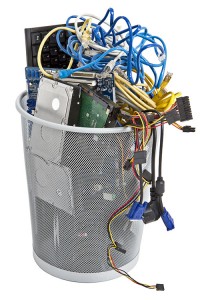 I have been thinking lately about the value of mentors. I recently camped with a large group of youth and as we shared stories of past campouts I was amazed that some of them could remember details of outings five or six years ago. I reflected on the value of a mentor in a person’s life. Think about mentors in your life. How did they help shape who you are and what you do today? You can probably think of at least one mentor and have concrete memories of how they helped you. I have written on this topic before but I want to revisit it and expand on opportunities that everyone has to be a mentor.
I have been thinking lately about the value of mentors. I recently camped with a large group of youth and as we shared stories of past campouts I was amazed that some of them could remember details of outings five or six years ago. I reflected on the value of a mentor in a person’s life. Think about mentors in your life. How did they help shape who you are and what you do today? You can probably think of at least one mentor and have concrete memories of how they helped you. I have written on this topic before but I want to revisit it and expand on opportunities that everyone has to be a mentor.
Lifelong Learning
You do not have to be a professional teacher to be a learning mentor to someone. Many of our AIM alumni credit their spouse or significant other for getting them through this rigorous graduate program. Not only were they patient and picked up the slack so the student could succeed, they often filled in knowledge gaps and helped them study. My wife helped me through some tough mathematical equations while I was writing my capstone thesis. I knew what I wanted the outcome to be but needed help setting up the problem. Don’t hesitate to reach out to a student. Share your knowledge and you will indeed be rewarded.
A number of years ago I helped coach a group of high school students in a Junior Achievement group. The program teaches students how to run a mock company. They form a company at the beginning of the school year, create and sell a product, then liquidate the company at the end of the school year. I worked with the vice president of marketing; other adults mentored youth in jobs that mirrored theirs. I was able to teach some valuable skills, and I learned a lot about how to work with others and be an effective mentor. It was a great experience and I still use the skills I gained. Rather than keeping your valuable skills to yourself, consider how you can pass on your knowledge and expand your influence.
Mentors In The Workplace
In the workplace we have the opportunity to mentor and be mentored. Have you ever started a new job and found someone in the organization willing to share their wisdom? Did they help jump start your new job? If you have benefitted from a kind and wise mentor, consider being that mentor for others coming up behind you. We are all busy but I think carving out just a little bit of time each day to help someone brings many rewards.
Thoughts
I hope that you will consider being a mentor or accepting help from a mentor and I hope that you find, like I did, that the people you reach out to remember and value the experience years later.
Kelly Brown is an IT professional and assistant professor of practice for the UO Applied Information Management Master’s Degree Program. He writes about IT and business topics that keep him up at night.





